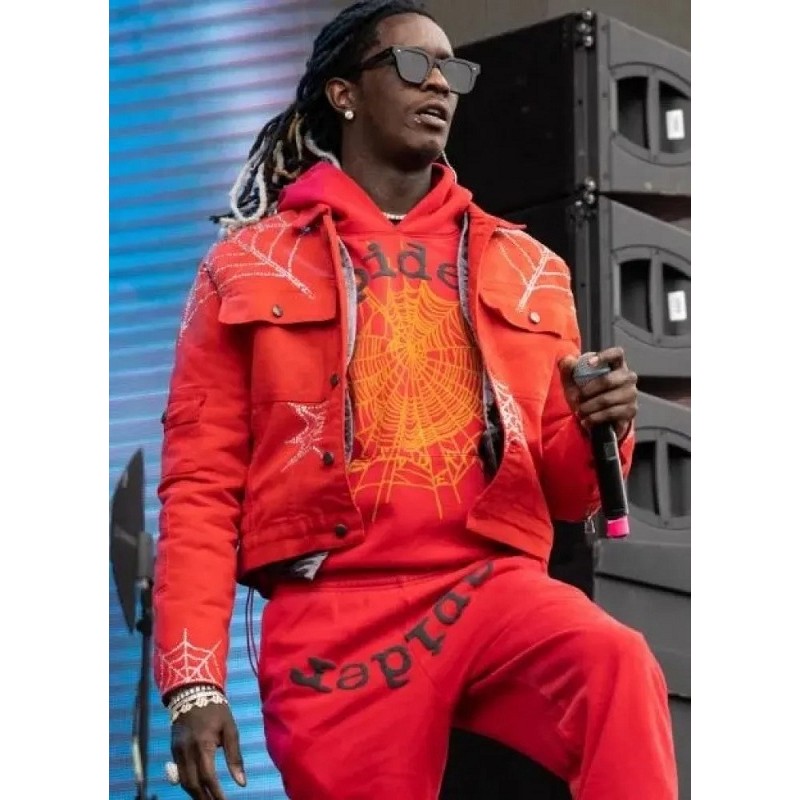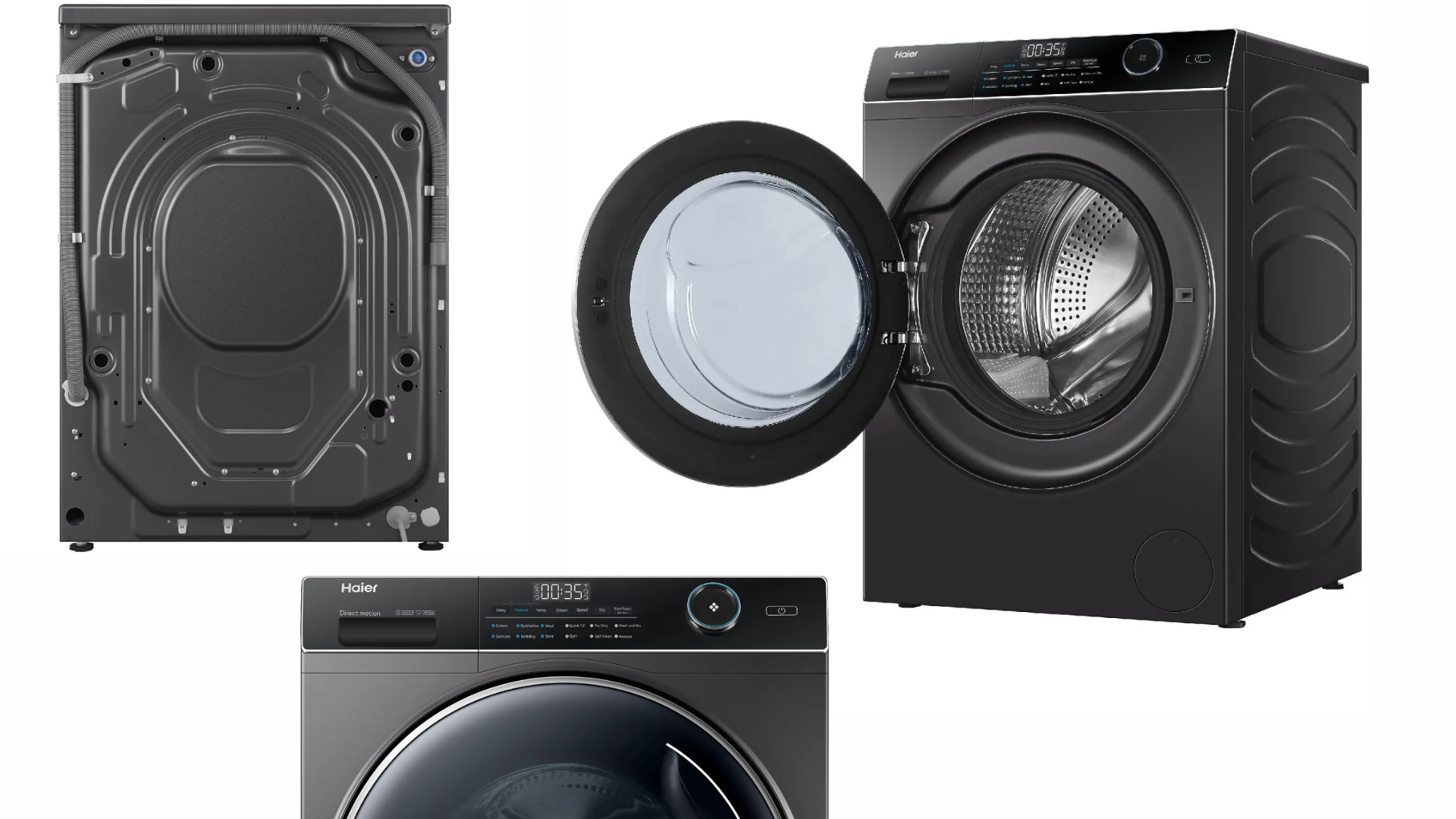Social Media: A Catalyst for Rapid Trend Evolution
The fast fashion industry has undergone a dramatic transformation over the last decade. A key driving force behind this shift is the increasing influence of social media platforms like Instagram, TikTok, and Pinterest. Visit now https://spiderofficial.us/ These platforms have become not only a source of inspiration. But also a primary engine for trend creation and dissemination. The role of social media in shaping fast fashion trends cannot be overstated. As it has revolutionized how consumers engage with fashion, how brands market themselves, and how trends evolve at breakneck speed.
The Rise of Influencers in Fashion
Social media has given birth to a new breed of fashion influencers who wield immense power in dictating trends. Whether they are micro-influencers with a few thousand followers or globally recognized fashion icons. Their ability to shape consumer preferences has become undeniable. Influencers, through their carefully curated posts. Have the power to turn a relatively obscure fashion item into a must-have product in a matter of days.
Platforms like Instagram and TikTok have created a space where influencers can showcase the latest fashion pieces in real time. Allowing trends to emerge and spread at lightning speed. The highly visual nature of these platforms means that followers can instantly engage with new styles. Creating a demand that drives the fast fashion industry to produce garments rapidly.
User-Generated Content and Virality
Another crucial aspect of social media’s role in fast fashion is the ability of user-generated content (UGC) to create viral trends. When everyday users share their fashion choices online, they contribute to the ongoing conversation around style and trends. Platforms like TikTok, where challenges and viral videos are a daily occurrence, provide fertile ground for new trends to emerge.
The ease with which users can share their outfits using hashtags and participate in fashion challenges. Means that trends can go viral within hours. This virality encourages fast fashion brands to rapidly produce clothing that reflects these trends. Resulting in an accelerated cycle of trend creation, adoption, and consumption.
Real-Time Engagement and Consumer Insights
Fast fashion brands have become incredibly adept at leveraging social media to engage with consumers and gather real-time feedback. By monitoring platforms like Instagram and TikTok, brands can gain insights into which styles. Colors, and designs are resonating with their audience. This allows them to quickly adjust their collections to align with consumer demand.
Moreover, social media allows fast fashion brands to engage directly with their customer base. Through likes, comments, and shares, brands can create a sense of community, fostering loyalty and repeat purchases. This instant engagement not only builds brand awareness but also drives sales as consumers feel more connected to the brands they follow.
Fast Fashion Hauls and Brand Exposure
One of the most popular types of content on platforms like YouTube and TikTok is the “fast fashion haul.” These videos, where influencers or everyday consumers show off the latest purchases from brands like Shein, Zara, and H&M, provide significant exposure for fast fashion companies. The haul format, which combines entertainment with fashion discovery, encourages viewers to buy similar items, further fueling the fast fashion machine.
The immediacy of this content, coupled with affiliate marketing and discount codes provided by influencers, pushes viewers to make impulsive purchases. Social media has made it easier than ever for consumers to shop trends directly from the platforms they use daily, blurring the line between entertainment and commerce.
The Dark Side of Fast Fashion’s Social Media-Driven Growth
While social media has helped fast fashion brands flourish, it has also amplified the ethical and environmental concerns surrounding the industry. The push for rapid trend cycles means that millions of garments are produced, sold, and discarded at an unprecedented pace. This overproduction leads to significant environmental degradation, including textile waste, water pollution, and excessive energy consumption.
The rise of social media-driven fast fashion also exacerbates issues like labor exploitation in low-wage countries. The pressure to produce garments quickly and cheaply has led many brands to rely on sweatshops, where workers are paid meager wages under poor working conditions. As consumers become more aware of these issues, there is increasing scrutiny on the fast fashion industry and the role of social media in perpetuating these harmful practices.
Influencers Promoting Ethical Fashions
In response to growing concerns about the environmental and ethical impacts of fast fashions, a new wave of sustainable fashions influencers has emerged on social media. These influencers focus on promoting ethical brands, second-hand shopping, and capsule wardrobes. They use their platforms to educate their followers on the importance of reducing consumption and investing in quality, sustainable pieces.
The popularity of these influencers shows that social media can also be a powerful tool for driving positive change in the fashions industry. By highlighting the benefits of sustainable fashions, these influencers are encouraging consumers to think more critically about their purchasing habits and the long-term impact of their choices.
Social Media Campaigns for Sustainability
Many fashion brands are now leveraging social media to showcase their commitment to sustainability. Through hashtag campaigns, Check it now https://www.sp5derhoodieshop.net/ partnerships with eco-conscious influencers, and transparency about their supply chains, brands are using social media to communicate their efforts to reduce their environmental footprint. These campaigns often highlight the use of recycled materials, ethical labor practices, and environmentally friendly production methods.
As consumers demand more accountability from the brands they support, social media will continue to be a critical platform for sustainability advocacy in the fashion industry. Brands that fail to address these concerns risk losing their social media following and, consequently, their relevance in the fast fashion market.
Conclusion
The influence of social media on fast fashions trends is undeniable. It has reshaped how trends are created, adopted, and marketed, with influencers and everyday users playing pivotal roles in the rapid spread of fashion movements. However, this phenomenon comes with significant environmental and ethical challenges, which are increasingly being addressed through sustainable fashion initiatives on the same platforms that fuel fast fashion’s growth.
As we move forward, the role of social media in shaping fast fashion trends will continue to evolve, with both positive and negative consequences. Consumers, brands, and influencers alike will need to navigate this space carefully, balancing the desire for the latest trends with the growing call for sustainability and ethical practices.





